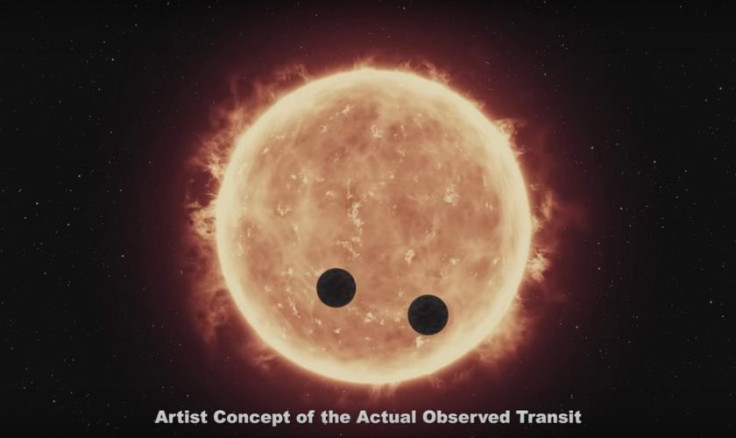Stars' Flares Make Exoplanets Less Habitable Even In The Habitable Zone, Study Finds
KEY POINTS
- There are exoplanets that lie in the habitable zone of their solar systems
- Researchers found that not all exoplanets in the so-called habitable zone are actually friendly to life
- Being close to a star means the planet is also susceptible to radiation bursts if it does not have substantial magnetic and atmospheric shielding
- Knowing the factors that affect planets' habitability helps to narrow down the search for potentially habitable planets
The Earth is in the habitable zone of our solar system and there are also exoplanets that are in the habitable zone of theirs. Planets within the so-called Goldilocks zone are believed to be capable of maintaining liquid water on the surface and hosting life. However, being in the habitable zone doesn’t automatically mean that the exoplanet can actually host life.
In a new study published in the Monthly Notices of the Royal Astronomical Society: Letters, researchers from New York University found that not all exoplanets in the habitable zone of their solar systems have the potential to host life because being too close to a host star could also mean being susceptible to its radiation.
For the study, researchers explored how flares from host stars can affect a planet’s radiation levels and how this may then affect its potential to host life. This required measuring factors such as flare strength and spectrum as well as planetary atmospheric density and magnetic shield strength.
Specifically, researchers had a closer look at particle spectra from 70 major flare emitting events from 1956 to 2012 to measure surface radiation dose, and they used the GEANT4 Monte Carlo model to simulate flare interaction with exoplanet atmospheres.
Based on their analysis, the researchers concluded that flares can cause sudden increases in an exoplanet's radiation levels, thereby disrupting its capability to host life. They further found that exoplanets’ atmospheric depth and magnetic field actually play significant roles in protecting them from flares and maintaining substantial planetary atmospheres. So unless a planet in the habitable zone has substantial magnetic or atmospheric shielding from radiation, its habitable conditions remain susceptible to radiation bursts.
“As we continue to explore the planets of the solar system and beyond, discovering if these planets have the ability to support life continues to be of immense importance,” research scientists Dimitra Atri of NYU Abu Dhabi Center For Space Science said.
Sure enough, recent studies have been adding more information about exoplanets’ potential habitability.
For instance, only recently, researchers from Northwestern University, University of Colorado Boulder, Massachusetts Institute of Technology and NASA's Virtual Planet Observatory found that planets around active stars that emit large amounts of radiation are prone to losing significant surface water even if they are within the habitable zone. They further found that even planets with favorable temperatures can be hazardous to life if they have thin atmospheres that let large amounts of UV radiation reach the surface.
Clearly, location isn't the only important factor for a planet to be friendly to life. But with the information provided by these studies, the search for potentially habitable planets could be narrowed down because astronomers will actually know where to look for the best chances.

© Copyright IBTimes 2024. All rights reserved.












